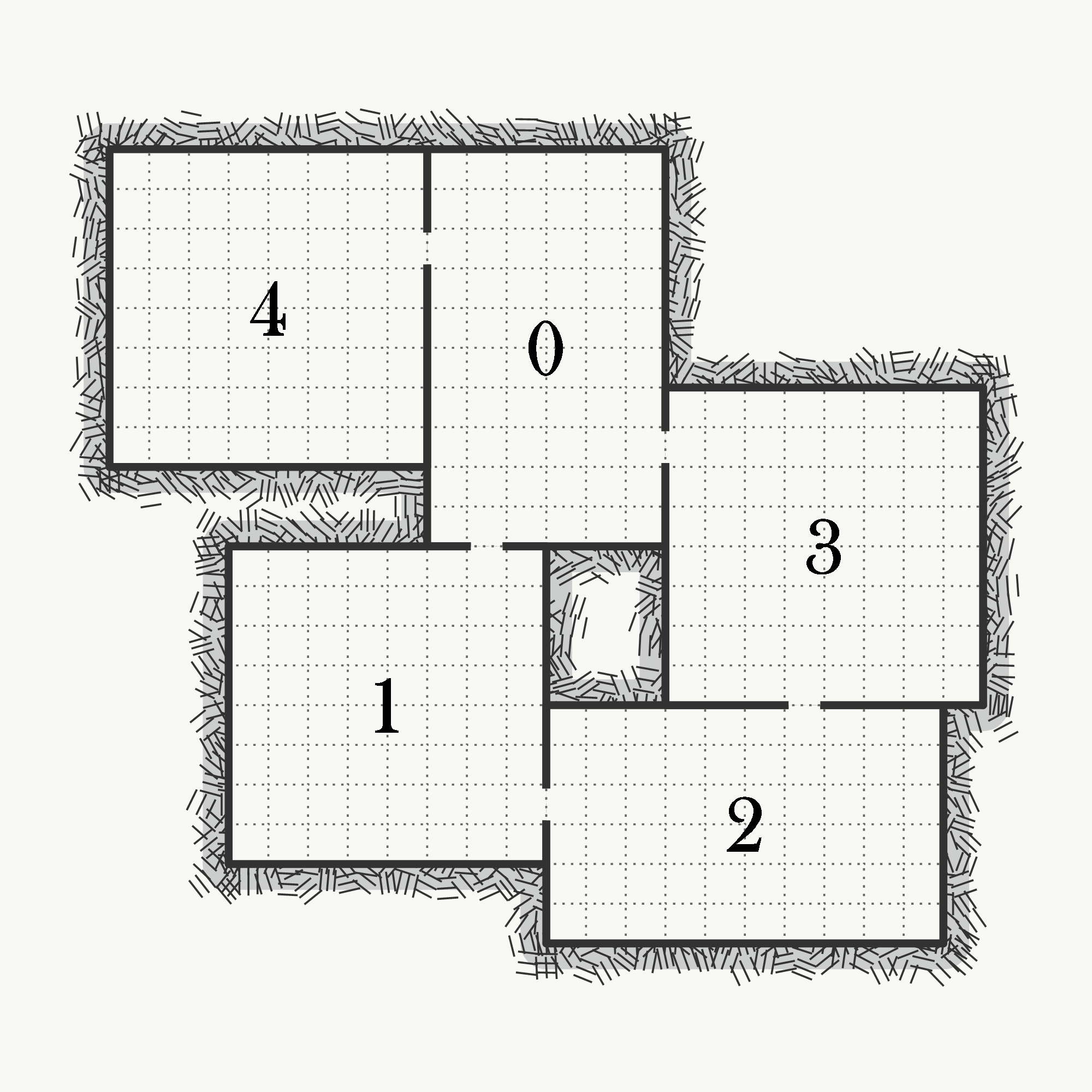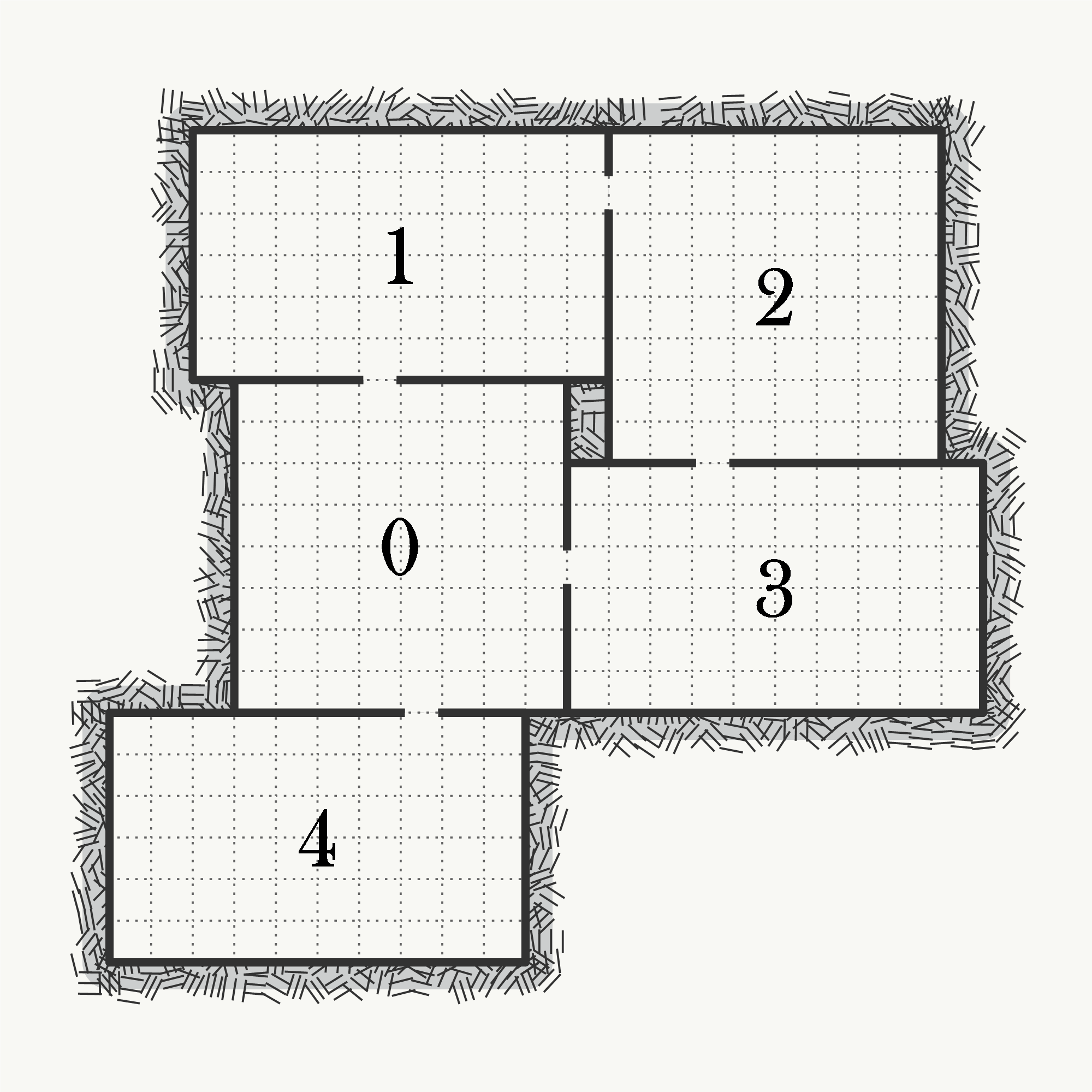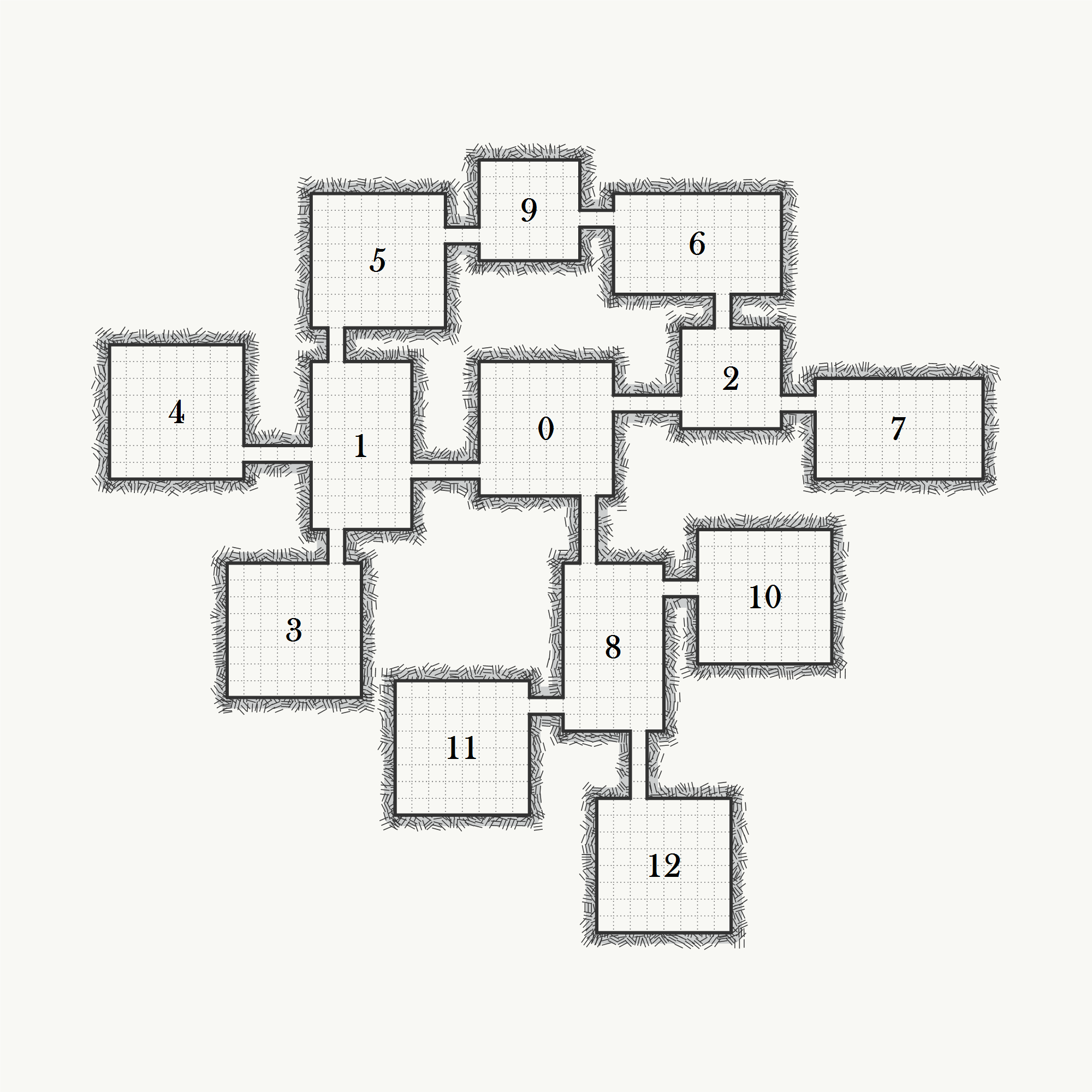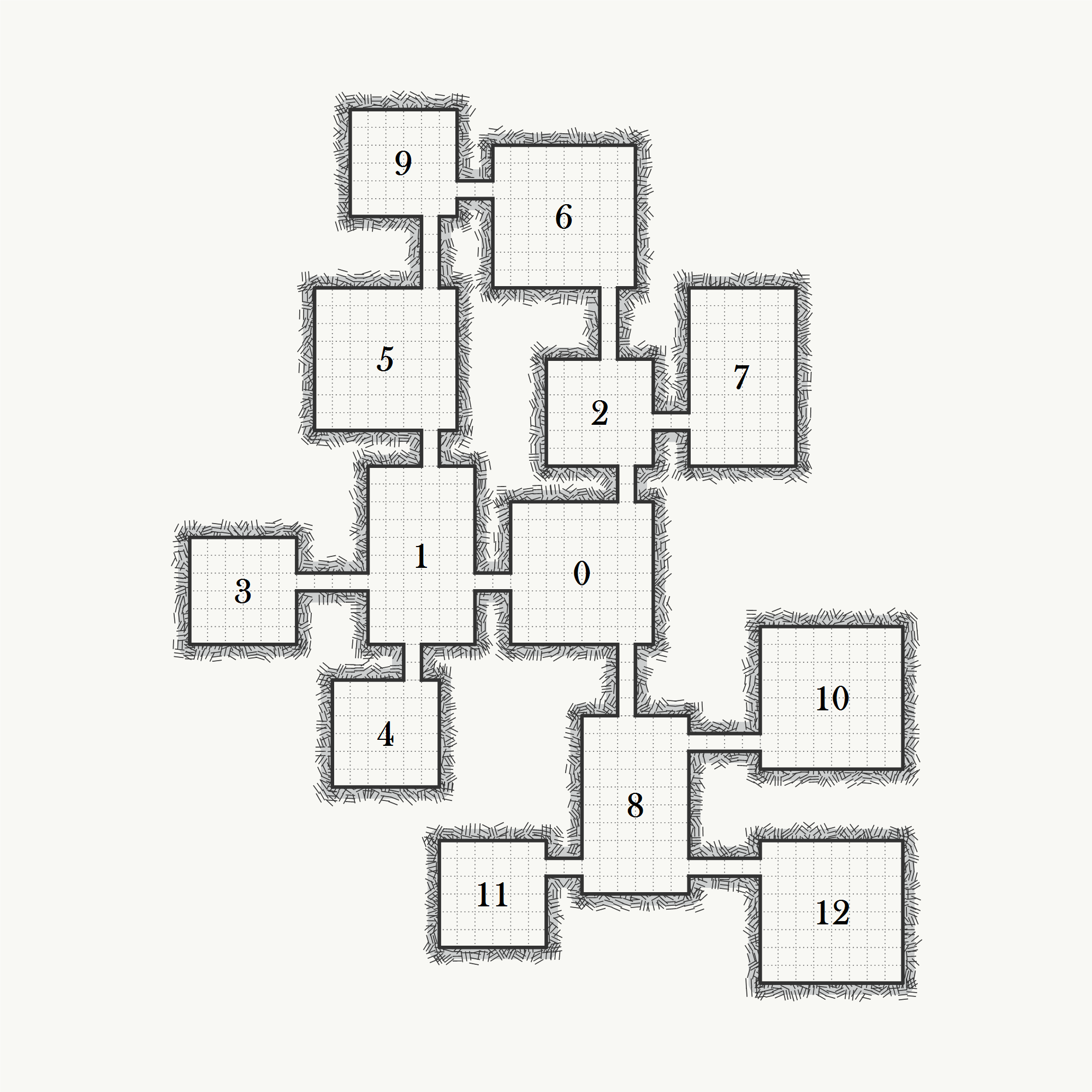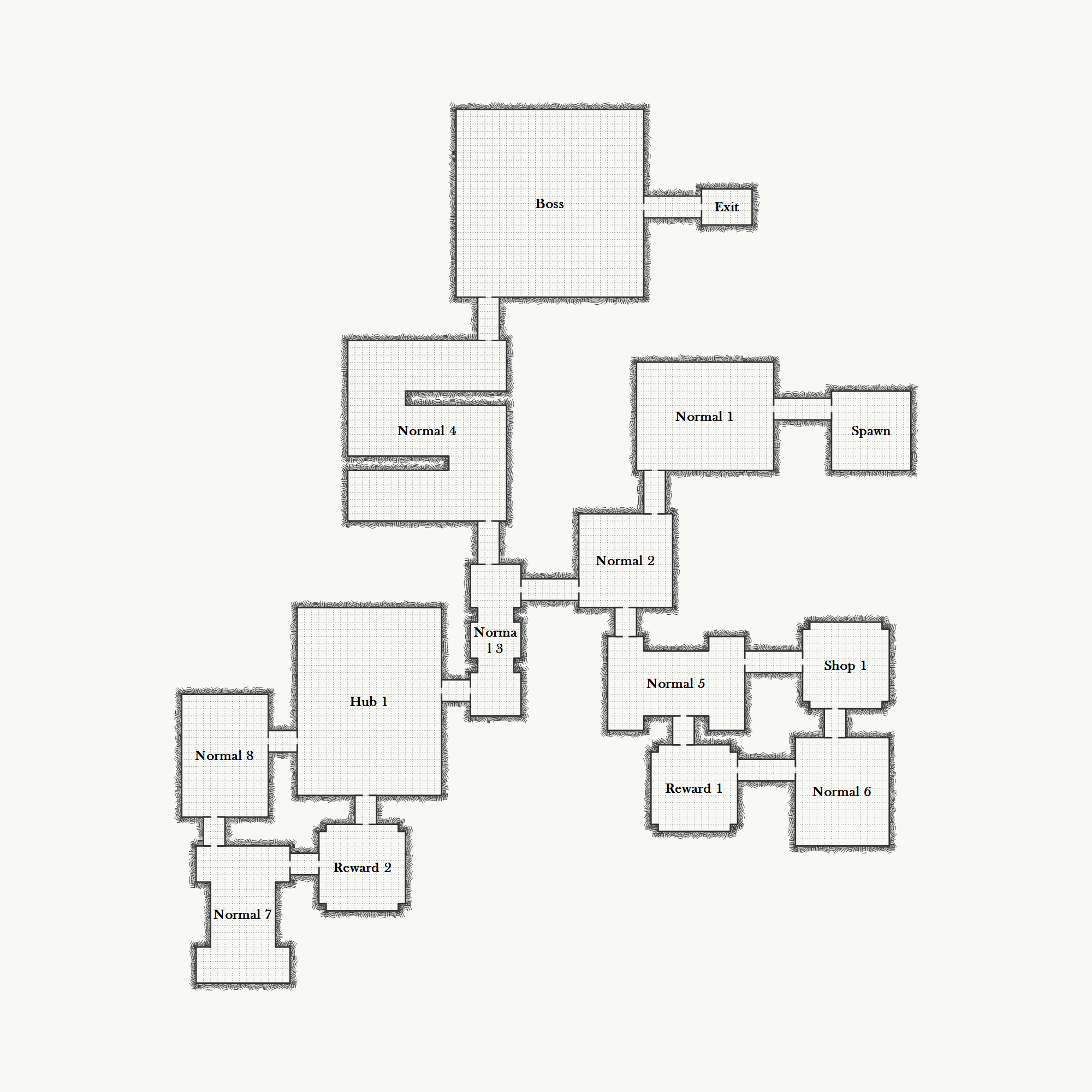Introduction


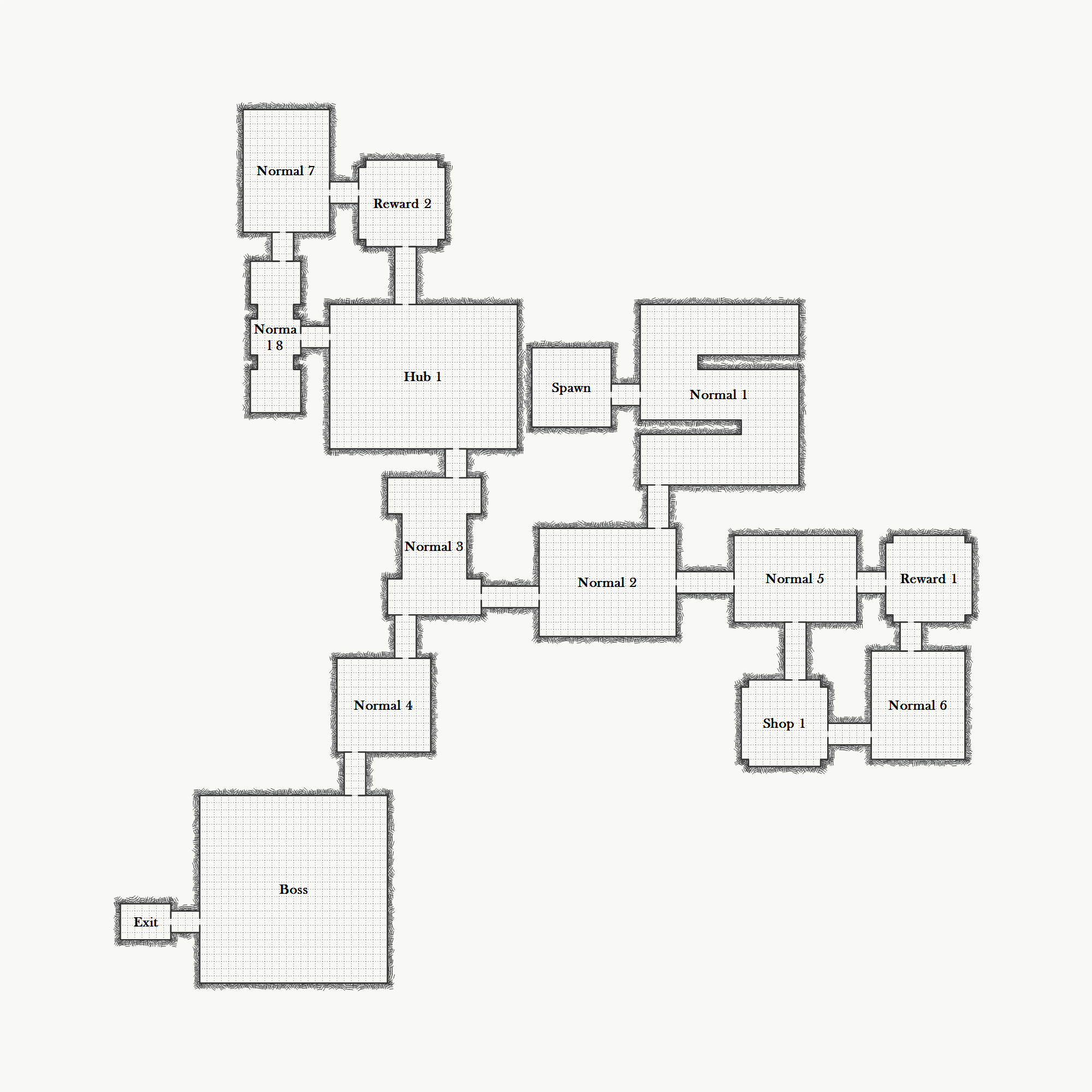
(Design of exported levels inspired by Watabou's One Page Dungeon)
This project is a .NET library for procedural generation of 2D dungeons (and platformers) and aims to give game designers a complete control over generated levels. It combines graph-based approach to procedural generation with handmade room templates to generate levels with a feeling of consistency. If you are using Unity, make sure to check out Edgar for Unity - Unity plugin based on this library. And I have also written a post about the graph-based approach on my blog.
Graph-based approach
You decide exactly how many rooms you want in a level and how they should be connected, and the generator produces layouts that follow exactly that structure. Do you want a boss room at the end of each level? Or a shop room halfway through the level? Everything is possible with a graph-based approach.
Handmade room templates
The appearance of individual rooms is controlled with so-called room templates. These are pre-authored building blocks from which the algorithm chooses when generating a layout. Each room template consists of an outline polygon and a set of available door positions. You can also assign different room templates to different types of rooms. For example, a spawn room should probably look different than a boss room.
CAUTION!
The library is currently being refactored to make the API nicer and make it easier to add new features in the future. As a result, only the most important logic is documented and I would not recommend looking into the insides of the algorithm. If you want to know how the algorithm works, check out my blog post.
Key features
- Procedural dungeon generator
- Describe the structure of levels with a graph of rooms and connections
- Control the appearance of rooms with handmade room templates
- Connect rooms either directly with doors or with short corridors
- Export to JSON or PNG
- Supports .NET Standard 2.0
- Currently works only on the 2D grid but may support 3D in future
- Comprehensive documentation with multiple examples
- Implicit support for keys and locks - just define the connectivity graph hovewer you like
Limitations
- The library is currently being refactored - see the caution above.
- Some level graphs may be too hard for the generator - see the guidelines
- The graph-based approach is not suitable for large levels - we recommend less than 30 rooms
